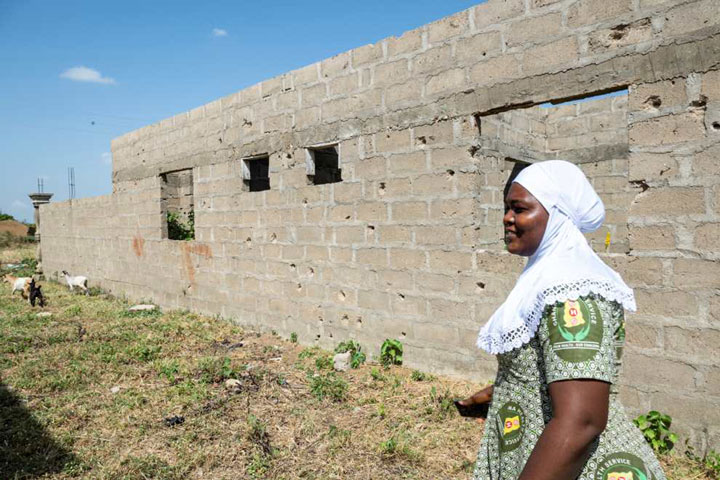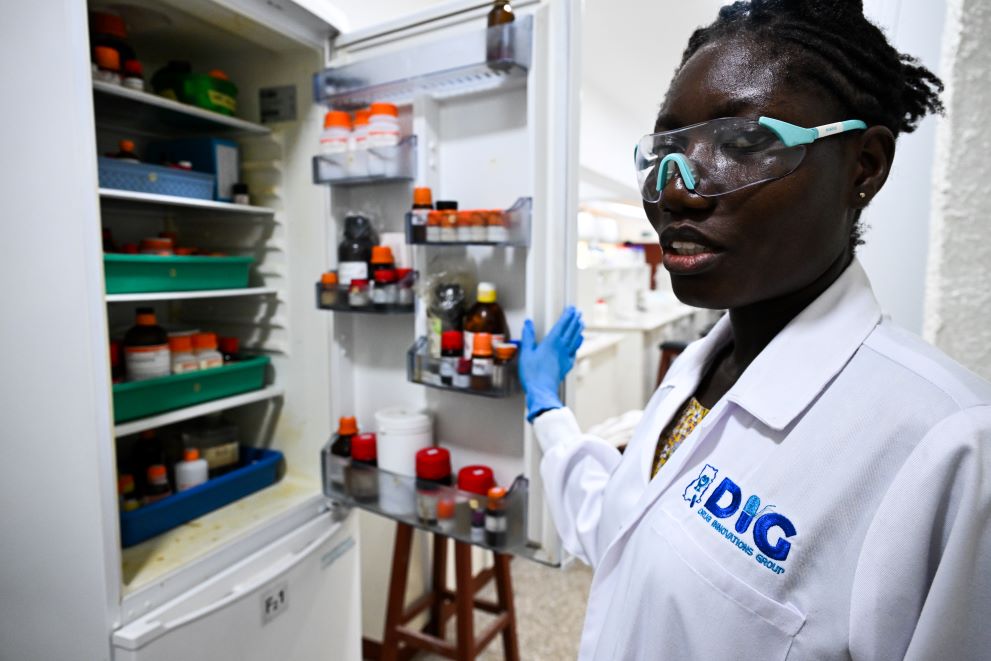Malaria is thriving in Kenya thanks to climate change
As temperatures rise across the planet, the range of malaria-carrying mosquitoes is growing. VaccinesWork takes a look at the impact that climate change is already having in drought-ridden northern Kenya.
- 19 September 2023
- 5 min read
- by Claudia Lacave
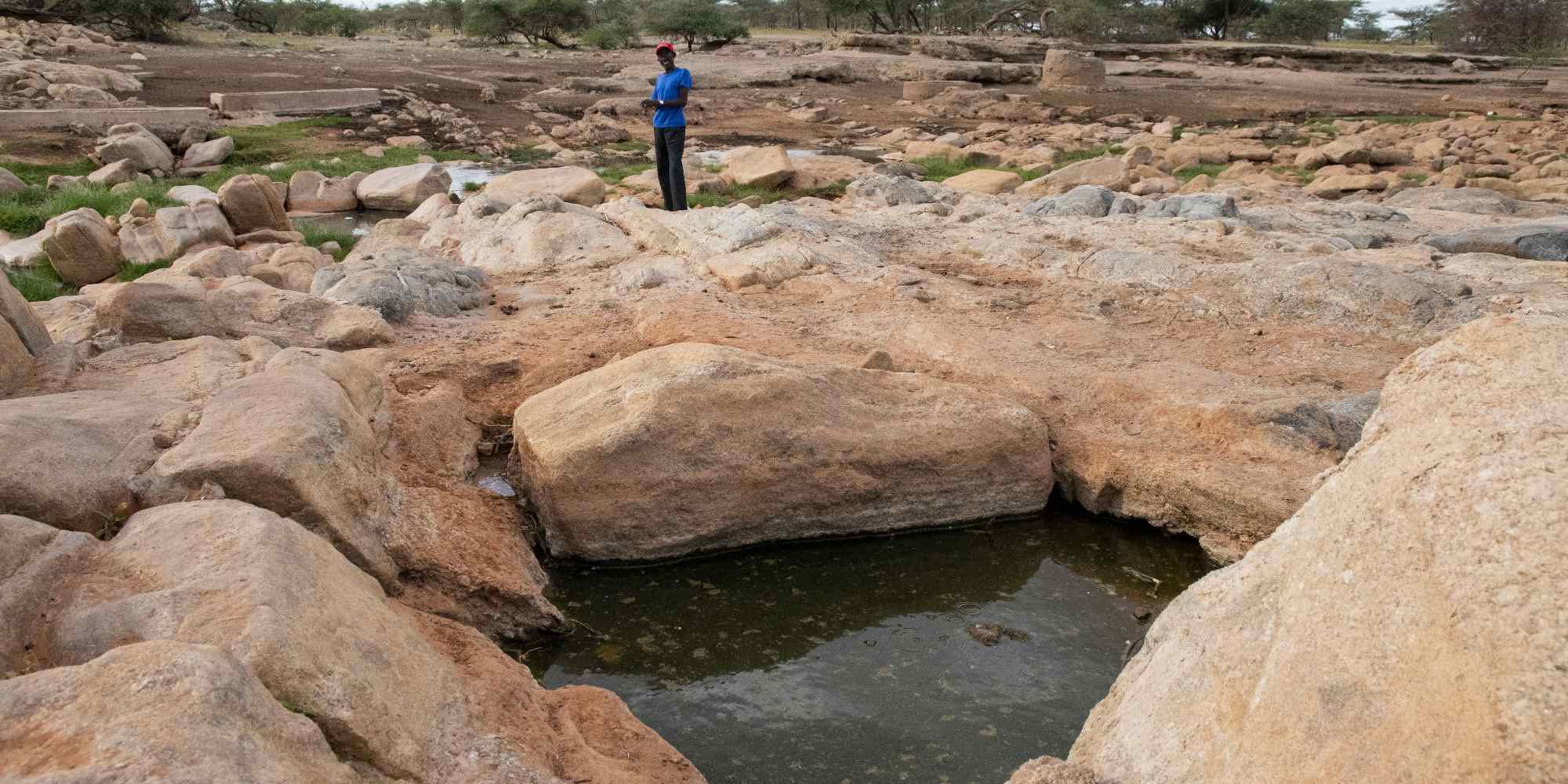
Sitting in the shade of a tree in front of the clinic, a small child in a blue T-shirt and an ochre scarf seems to be resting, a bottle of milk beside him. Eight-year-old Lalachua has just survived an intense attack of malaria; the catheter still in his hand bears testament to this.
Along with two other children of the same age, they are the latest of 30 patients to have been hospitalised since April at the public facility in Laisamis, in northern Kenya's Marsabit County, due to the parasitic disease.
"Previously, the malaria zone was around Moyale in the north. But as the years go by, we have more and more at-risk areas in the county. I think it’s because the rainfall patterns have changed that there are more breeding sites.”
– Boru Gura, malaria surveillance coordinator
Over the past two years, the region has suffered from intense drought, partly caused by global warming, which also provides favourable conditions for the development of the mosquitoes that carry the malaria parasite.
After drought comes flooding
In the centre of the small roadside town, 40-year-old Adam Abdi tells us how he spent eight days in a private hospital in May. "Sometimes I get malaria, I take paracetamol and it goes away. But this time I was throwing up, I had a fever and joint pains, it had been almost ten years since I'd had it as bad as this."
The disease is seasonally endemic in the semi-arid county of Marsabit, one of Kenya's largest counties. It tends to spread after rainfall, which means no epidemics have been reported for several years, as east Africa has just emerged from the worst drought in 40 years, causing severe food insecurity for more than four million people.
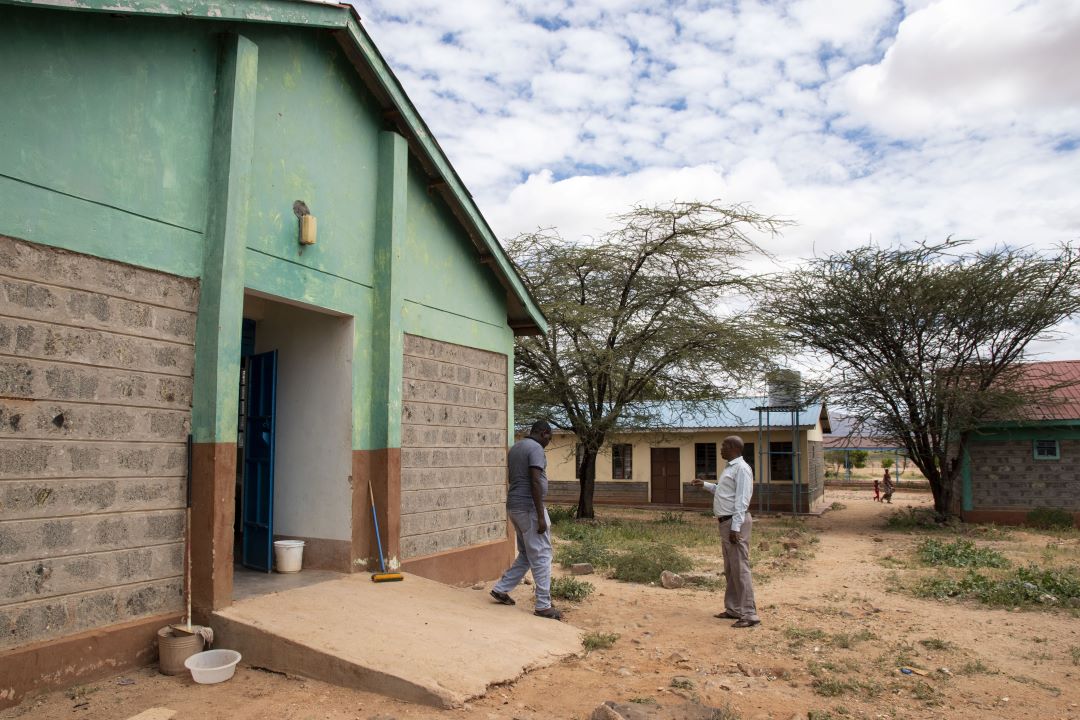
Credit: Claudia Lacave / Hans Lucas
Parts of Marsabit County hadn't had any rain since May 2020, a stretch that World Weather Attribution judged to be a consequence of climate change. The group of scientists, mainly from Europe, noted a downward trend in precipitation during the long rainy season (March to May) and calculated that drought levels had become twice as likely due to the impact of humans.
Have you read?
High temperatures also meant that soils dried out due to evaporation, which had an impact on the survival of crops. "The combination of low precipitation and high evapotranspiration, as unusual as recent conditions may be, would not have led to drought at all in a world that was 1.2°C cooler," the report states. Such periods of soil dehydration have an impact on the soil's ability to absorb rainfall when it returns, and encourage the formation of stagnant pools of water, where mosquitoes proliferate.
Malaria spreads and a new vector appears
"Previously, the malaria zone was around Moyale in the north. But as the years go by, we have more and more at-risk areas in the county. I think it's because the rainfall patterns have changed that there are more breeding sites," explains Boru Gura, malaria surveillance coordinator for the region.
The disease's range has expanded in sub-Saharan Africa in recent decades at a rate of 6.5 metres of additional altitude per year, according to an American study by Georgetown University published last February. Mosquitoes and the parasites they carry reproduce faster at higher temperatures, but movement can also be influenced by land use, food availability or the migration of the populations themselves to higher ground.
In addition to this growth, African nations are now having to deal with a new transmitter of the disease.
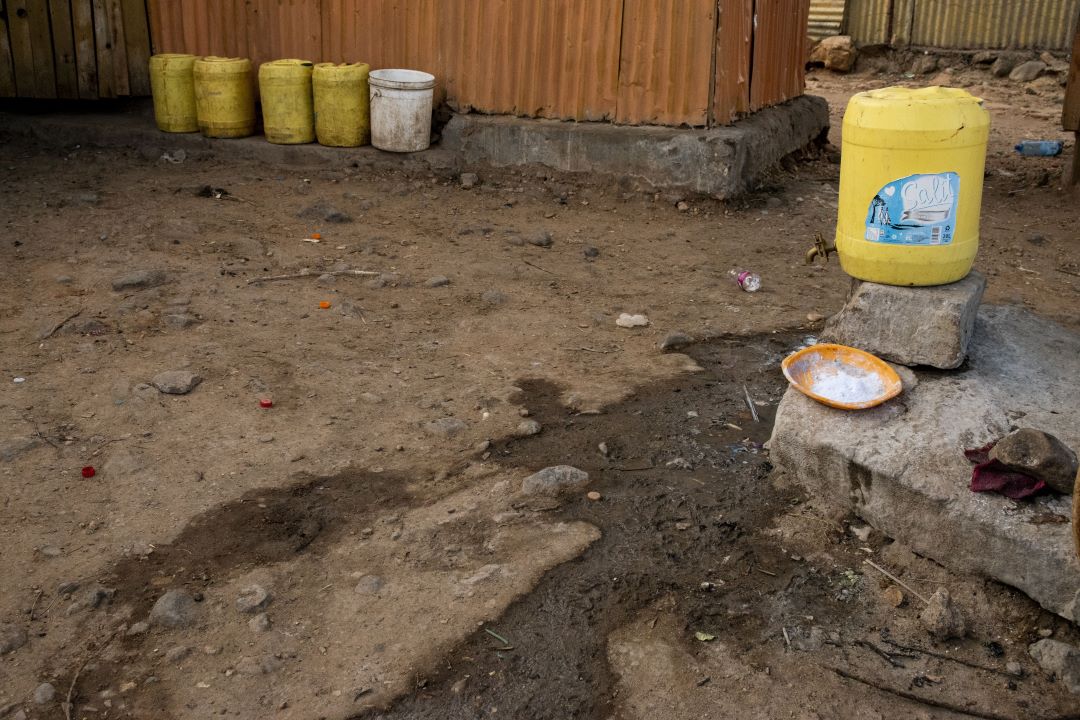
Credit: Claudia Lacave / Hans Lucas
While the mosquitoes that transmit malaria are usually indigenous to rural and humid areas, the Anopheles Stephensi, from South Asia and the Middle East, adapts very well to cities and their polluted environment, threatening urban populations with low awareness and immunity.
A British study estimated in 2020 that, based on its propagation conditions, Anopheles Stephensi could expose an additional 126 million people to malaria in Africa.
The species arrived on the continent in 2012 via Djibouti, where it revived an epidemic that had been virtually eradicated. It then affected Ethiopia (2016), Sudan (2019), Somalia (2019) and Nigeria (2020), and a British study estimated in 2020 that, based on its propagation conditions, Anopheles Stephensi could expose an additional 126 million people to malaria in Africa.
Since December 2022, the mosquito has been spotted in Kenya's Marsabit and Turkana counties.
"We've noticed differences in the country's climate patterns, and it's likely that these changes are becoming more favourable to the proliferation of Anopheles Stephensi," says Dr Damaris Matoke, deputy director of the biotechnology programme at the Kenya Medical Research Institute (KEMRI).
Climate change may have provided favourable conditions for the establishment of the mosquito, which breeds mainly in reservoirs. A Sudanese research team has noted its presence in areas more than 1000km from the area thought to be conducive to its spread and an American biological study has determined that the species has thermal limits 3.4°C lower and 3.4°C higher than others.
This article was translated from the original French. To view the original click here.
